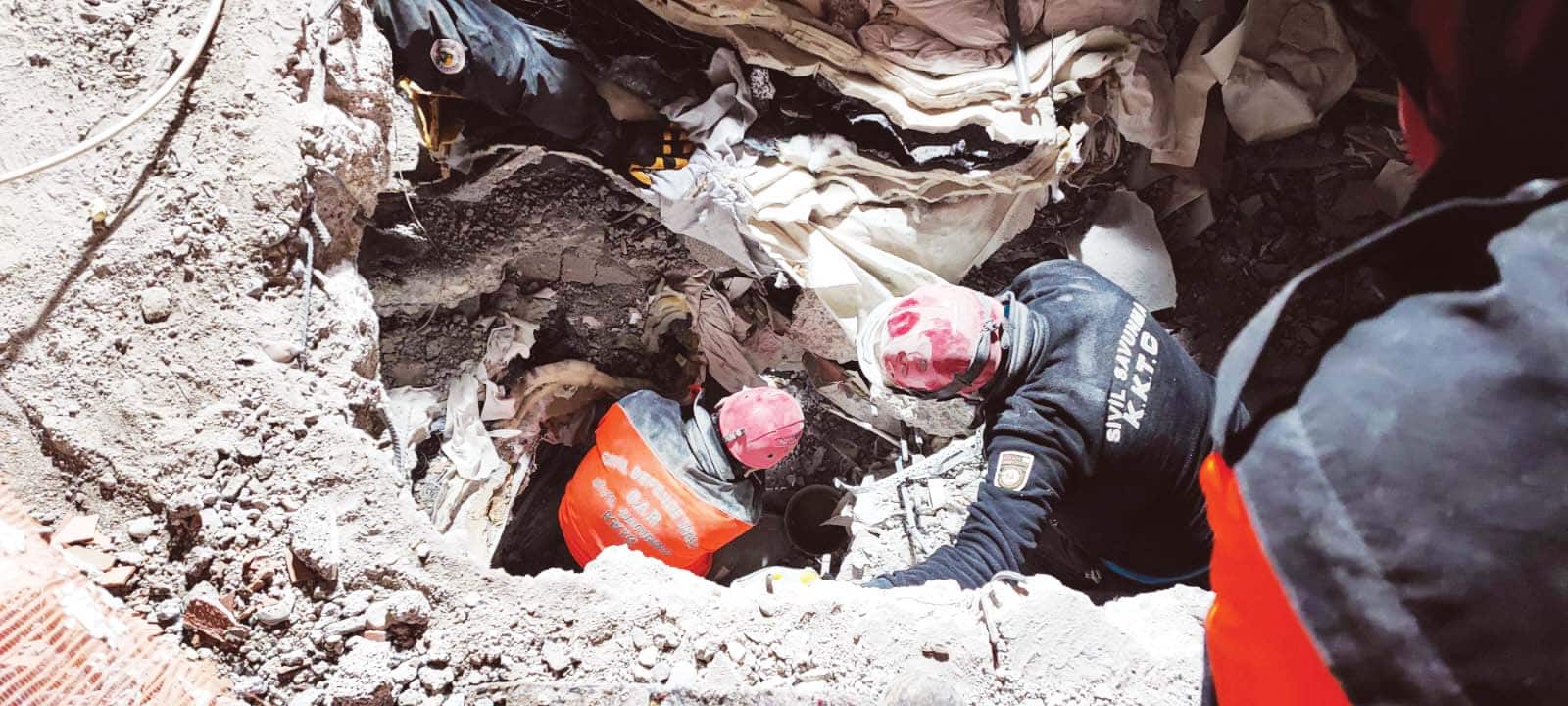Sand and gravel from a river was used to construct the Isias hotel in Adiyaman, Turkey, where 24 Turkish Cypriot children were killed in February’s earthquakes, according to a report released on Wednesday.
The report was released by Turkey’s Karadeniz Technical University, and according to the Anka News Agency, it contained several damning indictments regarding the hotel’s construction and maintenance.
The report ratified examinations made by Cyprus’ Eastern Mediterranean University (EMU)’s Civil Engineering Department, which said “the quality of concrete was clearly low and gravel and sand from a river were used.”
It added that following laboratory tests, it was determined that the concrete used in the building’s construction fell well below the minimum durability standards stipulated in Turkish law since 1997.
In addition, the report also revealed that a whole floor had been added to the top of the building without the relevant licences being obtained.
The floor was added in 2016 without any prior planning permission being obtained and was effectively legalised during a “zoning amnesty” which took place in Turkey in 2018, receiving certification in October that year.
The report also touches on the issue of supporting columns at the hotel, which a report submitted by the Istanbul Technical University said had been “cut”.
It noted that “some of the columns were found to be insufficient in terms of the shear safety of the connection between columns and supporting beams, while some of the beams were also not sufficient.”
The analysis determined that the building did not meet the minimum standard on torsional irregularity, which means it would have swayed excessively when the earthquake occurred.
The building also suffered from “soft storey irregularity”, which means the higher floors were constructed more rigid than the lower floors. This meant that when the earthquake struck and the lower floors swayed, the higher floors collapsed more easily than they necessarily should have.
The report found the building’s owner Ahmet Bozkurt and the then-Director of Urban Planning at the Adiyaman Municipality Erdem Yildiz to be “primarily responsible”.







Click here to change your cookie preferences